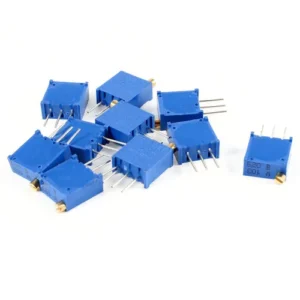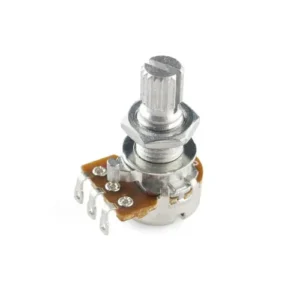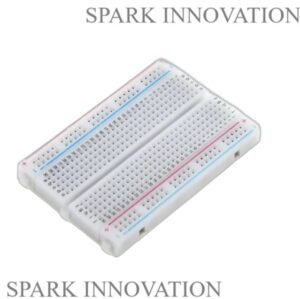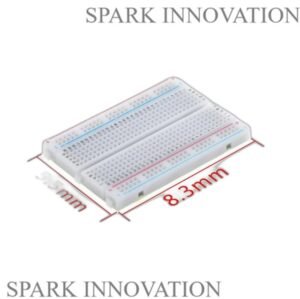Description
- Specifications:
- Type: Various types including rectifier diodes, Zener diodes, Schottky diodes, light-emitting diodes (LEDs), etc.
- Forward Voltage Drop: Typically around 0.6V to 0.7V for standard silicon diodes
- Reverse Breakdown Voltage (Zener Diodes): Varies based on the diode’s rating
- Maximum Forward Current: Varies based on the diode’s rating
- Package Type: DO-41, SOD-123, SOT-23, etc.
- Description:
- A diode is a semiconductor device that conducts current in one direction while blocking it in the opposite direction, characterized by its forward voltage drop and reverse breakdown voltage.
- Available in various types including rectifier diodes for converting alternating current (AC) to direct current (DC), Zener diodes for voltage regulation, Schottky diodes for fast switching, and light-emitting diodes (LEDs) for emitting light when forward biased.
- Diodes play critical roles in electronic circuits, serving as key components for rectification, signal demodulation, voltage regulation, and circuit protection in devices ranging from power supplies and audio amplifiers to digital logic circuits and communication systems.
- The forward voltage drop of a diode typically ranges from 0.6V to 0.7V for standard silicon diodes, while Zener diodes exhibit a reverse breakdown voltage that can be precisely controlled to maintain a constant voltage across the diode.
- Packaged in various formats such as DO-41, SOD-123, and SOT-23, diodes are designed for easy integration into electronic assemblies and PCB layouts, providing versatility and flexibility for circuit design and implementation.






